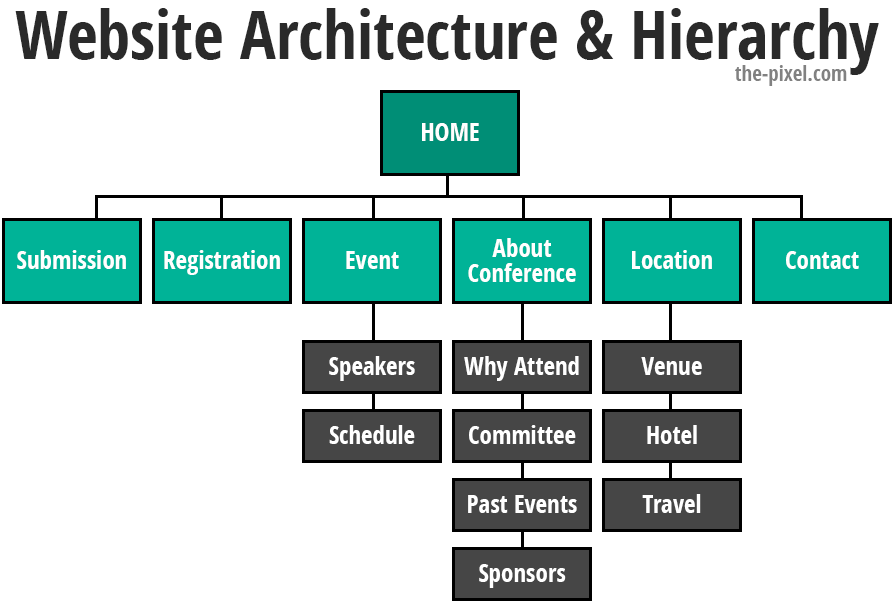5 Rules for Designing a High Conversion Homepage
5 Rules for Designing a High Conversion Homepage
Not all homepages are designed equally
Your brand’s message can easily fall flat if you fail to construct a homepage that delivers your message in an effective way. Did you know that you only have between zero and eight seconds to convince a visitor to stay on your page? The goal is to engage your audience and make people want to keep looking. Building a website that gets the job done is a key step for launching a startup in any industry. Are you looking for the secret to building your own high-conversion homepage? There are five key design principles to keep in mind as you design and launch your page.
1. Simplicity Wins
Simplicity is the best strategy for high conversations. Nobody wants to sift through a webpage that is crowded with information. It’s your job to make sure that the next step is very clear for anyone who visits your page. Large images and action words can turn a casual visitor into a lead. White space is something that is completely underrated in the design world. Having large chunks of unused space in strategic spots can give visitors a sense of clarity and calm as they sift through the information on your page. Trying to cram too many images and words in one area can make it hard for visitors to see what you’re trying to draw them towards.
2. Make Your Page Visually Appealing
There’s a reason why big brands hire talented graphic designers and branding agencies when they need to create images. Effective images don’t just happen by accident. It takes planning and careful placement to ensure that a webpage flows in a way that’s appealing to the human eye. You shouldn’t take a casual approach to placing images on your webpage. Everything that appears on your page should be carefully mapped to create a pleasant experience for visitors.
3. Navigation matters
Did you know that one of the reasons why visitors leave a webpage within seconds of landing on it is because they can’t actually figure out how to use it? Far too many pages have sloppy navigation that simply isn’t intuitive to users. It is important to make sure your brand’s page follows the basic rules of navigation that are used across the board. In addition, you want to make sure that calls to action are clearly marked to allow visitors easy access to the pages they’re looking for.

4. Choose the right colors
Did you know that colors actually impact the thoughts, feelings and behaviors of people? You can use colors to make clients feel at ease or jolt them into action. Mixing colors together without thinking can quickly turn your page into a sloppy, confusing mess that leaves visitors feeling disoriented. One of the most important color rules to follow in the design world is that items that you want to give priority to should feature the color red. In addition, you want to choose colors that reinforce your brand’s identity. Make sure the colors of your logo carry through to all aspects of your homepage.
5. Make sure your call-to-action works
The whole point of creating a website is to inspire clients and potential clients to take action. It’s so important to make sure your call-to-action is resonating. Whether your goal is to inspire people to sign up for information or you’re pushing a direct sale, you need to know that your call to action is working. It’s important to do some testing and analytics to see how effective your call to action actually is. Customers need to be able to know your website is useful to them and what they can do with the information you’re providing within moments of landing on your page.
Hire ThePixel to build your next website!
Since our founding in 2008, we’ve created and launched many types of business websites. Over the last decade and we’ve learned a thing or two! That’s why we’re masters of our craft, let us help you build the website of your dreams – one that generates traffic, leads and conversions.
Are you ready to start? If yes, contact ThePixel and one of our representatives will guide you through the website phases and how the process works either by a Zoom Meeting or phone.


